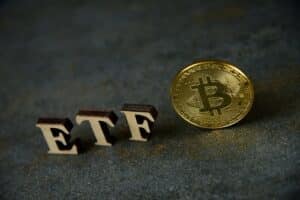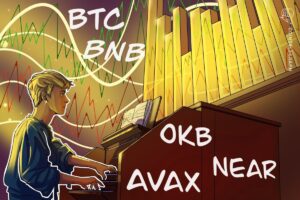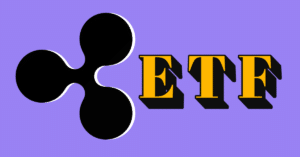Bitcoin’s Weekend Rally Remains Below $64K – Pro Traders Remain Neutral

Bitcoin (BTC) gained 6.2% on August 23, pushing the price to levels not seen in three weeks and has since maintained the $63,000 support level. Despite this positive price movement, BTC derivatives traders seem to be relatively unmoved, indicating a continuation of this trend.
Bitcoin to stock market correlation on check
Some market participants cite ongoing macroeconomic factors as the main drivers of crypto market behavior as investors eagerly await the US Federal Reserve's decision on interest rates in September.
With the Russell 2000 small-cap stock index trading 2 percent below its July 2024 closing high, it's tempting to argue that traders are risk-averse. At the same time, gold, commonly used in uncertain times, is 0.6 percent lower than its all-time high.
Additionally, the yield on the 2-year US Treasury note is nearing its lowest level since May 2023, which typically means buyers are becoming more aggressive in accepting lower yields in the process. Basically, the market is looking for protection in assets that are considered safe and positive effects from second quarter corporate earnings are expected.
This situation is unfavorable for Bitcoin, mainly because most investors still perceive it as a risky asset. However, calling Bitcoin's correlation to stocks consistently high would be an oversimplification, as this correlation varies over time and rarely exceeds a five-month correlation period.
Historical 40-Day Correlation of Bitcoin to S&P 500 Futures. Source: TradingView
Escalating geopolitical tensions in the Middle East have contributed to a decline in investors' risk appetite. According to CNBC, missile exchanges between Israel and Hezbollah along the Lebanese border and significant social and political unrest in Libya have led to a partial halt in the country's oil production, adding to investor uncertainty.
Bitcoin derivatives have stalled, but that's not necessarily bearish.
To better understand how Bitcoin traders are currently positioned, it is important to analyze the BTC futures premium. In an independent market environment, investors seek annual premiums of 5% to 10% as compensation for the long settlement periods associated with monthly contracts. When this premium falls below that range, it is generally considered a bearish signal, while bullish periods can push the indicator over 20%.
Bitcoin 2-month futures annual premium. Source: laevitas.ch
Despite recent Bitcoin price gains, the BTC futures premium has stagnated at around 6%. This suggests that, while some may interpret the premium as a sign of a healthy price recovery led by spot market activity, professional traders remain cautious about opening long positions. Conversely, bullish traders argue that if Bitcoin continues to show strength, this still indicates significant “dry powder”, which can be seen as a net positive.
It is also important to review the BTC options market to determine if this cautious sentiment is limited to Bitcoin futures. Typically, when market makers and whales expect Bitcoin's price to decline, the options bias is over 7 percent. In contrast, periods of optimism usually see a skew of less than -7%.
Bitcoin 1-Month Options 25% Delta Skew in Deribit. Source: laevitas.ch
Currently, BTC options skew is hovering around 0%, unchanged from last week, indicating a balanced price between call (buy) and put (sell) options. This, like the futures market, suggests that Bitcoin options traders are not sure whether the bull market will continue. In conclusion, traders seem unsure that a rally above $67,000 is imminent.
Although confidence in traditional financial markets appears to be growing following Federal Reserve Chairman Jerome Powell's speech on August 23 that the likelihood of a US interest rate cut is increasing, uncertainty about corporate earnings still looms.
Companies including tech giants Nvidia, Best Buy and Salesforce are slated to report earnings on Aug. 28, with US personal consumption expenditures (PCE) inflation due on Aug. 30 likely to have a major impact on market sentiment in the coming weeks. As a result, investors should take a cautious, wait-and-see approach rather than making aggressive bullish bets at this time.
This article is not intended for general information purposes and should not be construed as legal or investment advice. The views, ideas and opinions expressed herein are solely those of the author and do not necessarily represent the views and opinions of Cointelegraph.













